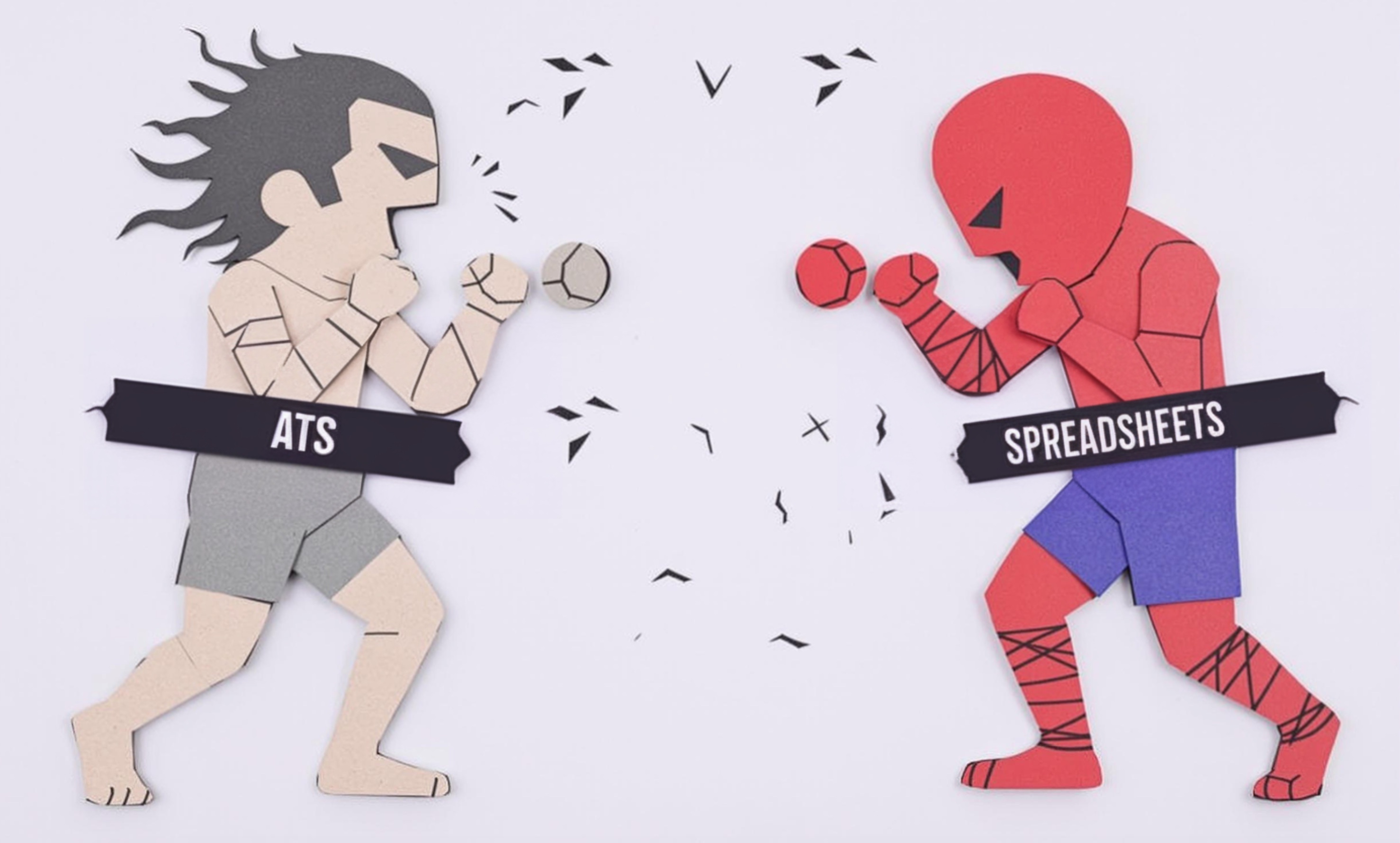
SCP
SCP (Seafood Current Good Manufacturing Practice) is a set of basic rules and practices that seafood processing facilities must follow to ensure food safety. Think of it as a checklist of standards that helps keep seafood products safe for consumers. This includes guidelines for handling fish and shellfish, cleaning procedures, and proper storage temperatures. When you see SCP mentioned in a resume, it usually means the person understands and has worked with these important food safety rules. Similar terms you might see are HACCP (Hazard Analysis Critical Control Points) or GMP (Good Manufacturing Practice).
Examples in Resumes
Supervised production line ensuring SCP compliance for salmon processing
Trained new employees on SCP protocols and documentation
Maintained SCP standards while managing daily operations of shellfish processing
Typical job title: "Seafood Processing Supervisors"
Also try searching for:
Where to Find Seafood Processing Supervisors
Professional Organizations
Job Boards
Industry Networks
Example Interview Questions
Senior Level Questions
Q: How would you handle a food safety audit and ensure SCP compliance?
Expected Answer: A senior candidate should explain their experience managing audits, maintaining documentation, training staff on procedures, and implementing corrective actions when needed. They should demonstrate leadership in maintaining food safety standards.
Q: Describe a situation where you had to improve SCP procedures in a facility.
Expected Answer: Look for answers that show experience in evaluating current processes, implementing improvements, training staff on new procedures, and measuring the success of changes made.
Mid Level Questions
Q: What steps do you take to ensure proper temperature control in seafood processing?
Expected Answer: Candidate should explain monitoring procedures, documentation methods, and corrective actions for temperature control, showing practical experience with this crucial aspect of seafood safety.
Q: How do you train new employees on SCP procedures?
Expected Answer: Should describe their approach to training, including hands-on demonstrations, documentation review, and methods to verify understanding of food safety practices.
Junior Level Questions
Q: What are the basic principles of SCP in seafood processing?
Expected Answer: Should be able to explain basic food safety concepts like proper handling, temperature control, sanitization, and personal hygiene requirements.
Q: How do you maintain proper sanitation in a seafood processing area?
Expected Answer: Should demonstrate knowledge of cleaning procedures, sanitization schedules, proper chemical use, and basic documentation requirements.
Experience Level Indicators
Junior (0-2 years)
- Basic understanding of food safety practices
- Following cleaning and sanitization procedures
- Temperature monitoring and recording
- Basic documentation completion
Mid (2-5 years)
- Training others on food safety procedures
- Managing documentation systems
- Implementing corrective actions
- Quality control monitoring
Senior (5+ years)
- Developing food safety programs
- Managing audit processes
- Overseeing facility compliance
- Program implementation and improvement
Red Flags to Watch For
- No food safety certification or training
- Lack of understanding of basic hygiene practices
- Unable to explain temperature control importance
- No experience with food safety documentation
- Unfamiliarity with seafood handling requirements
Related Terms
Need more hiring wisdom? Check these out...

Global Compliance Checks: The Hidden Puzzle Pieces of Background Screening Revealed

Why Your Hiring Spreadsheets Are Secretly Sabotaging Your Recruitment

Sourcing Strategies That Actually Work: A Modern Recruiter's Guide

